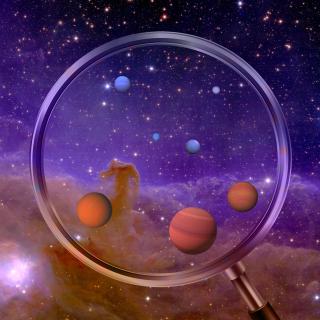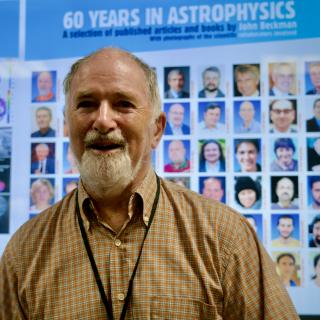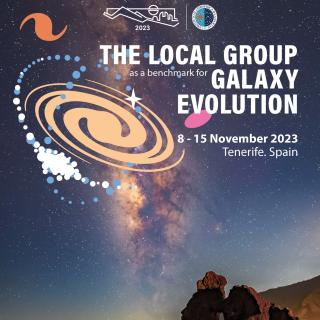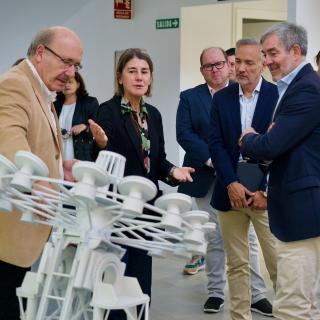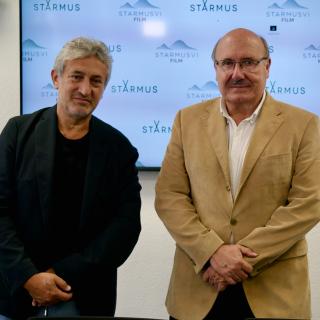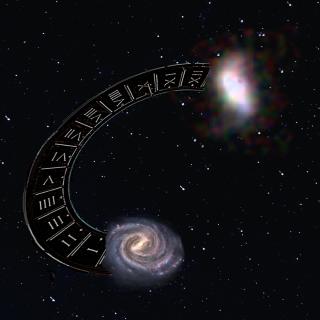
An international team of scientists, with participation by researchers at the Instituto de Astrofísica de Canarias (IAC) and the University of La Laguna (ULL) have found a barred spiral galaxy, similar to the Milky Way, in the early universe, when it was only 15% as old as it is now. The galaxy, ceers-2112, is the most distant barred spiral observed, and its existence poses a challege to the current model of formation and evolution of galaxies. The discovery, made with the James Webb Space Telescope (JWST) is published in the journal Nature. In astrophysics studying the structure of galaxies
